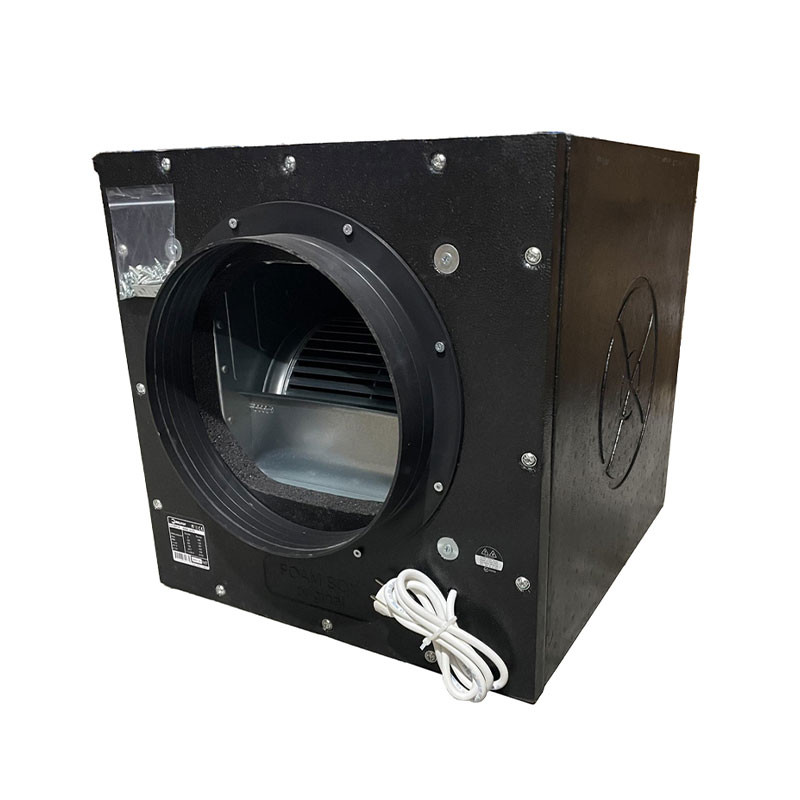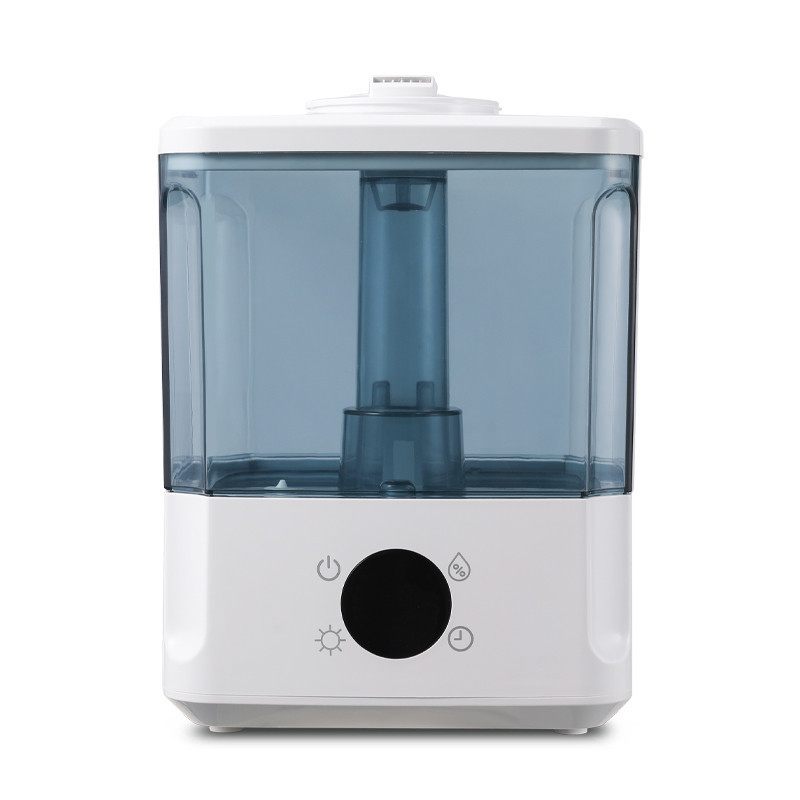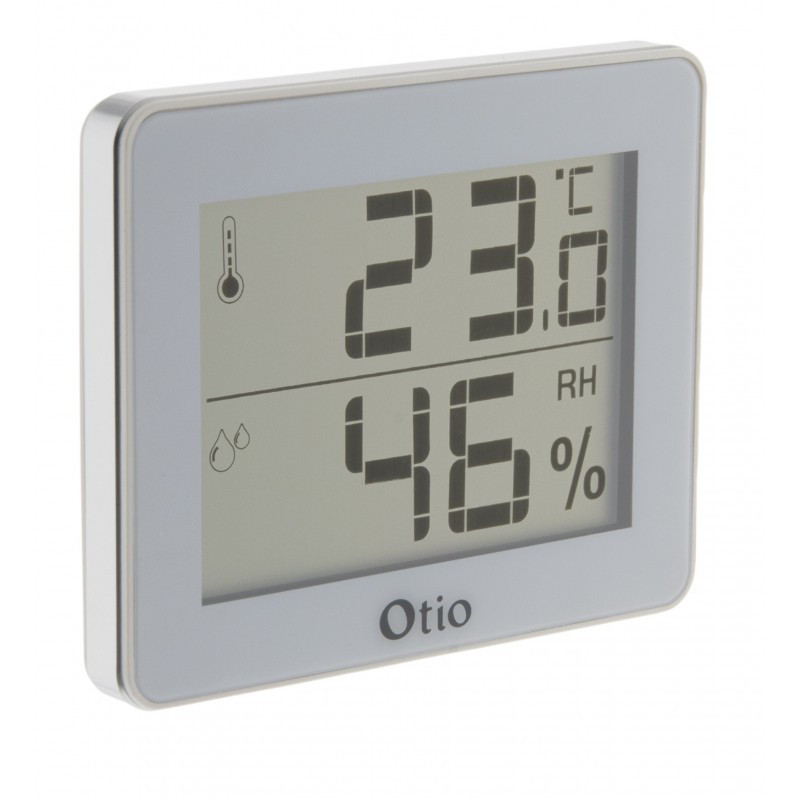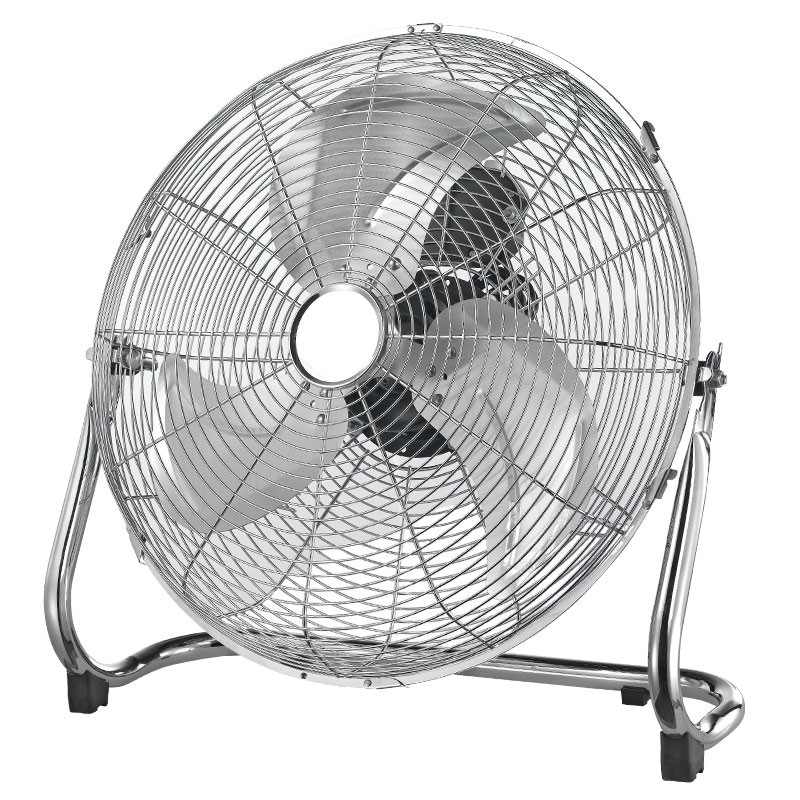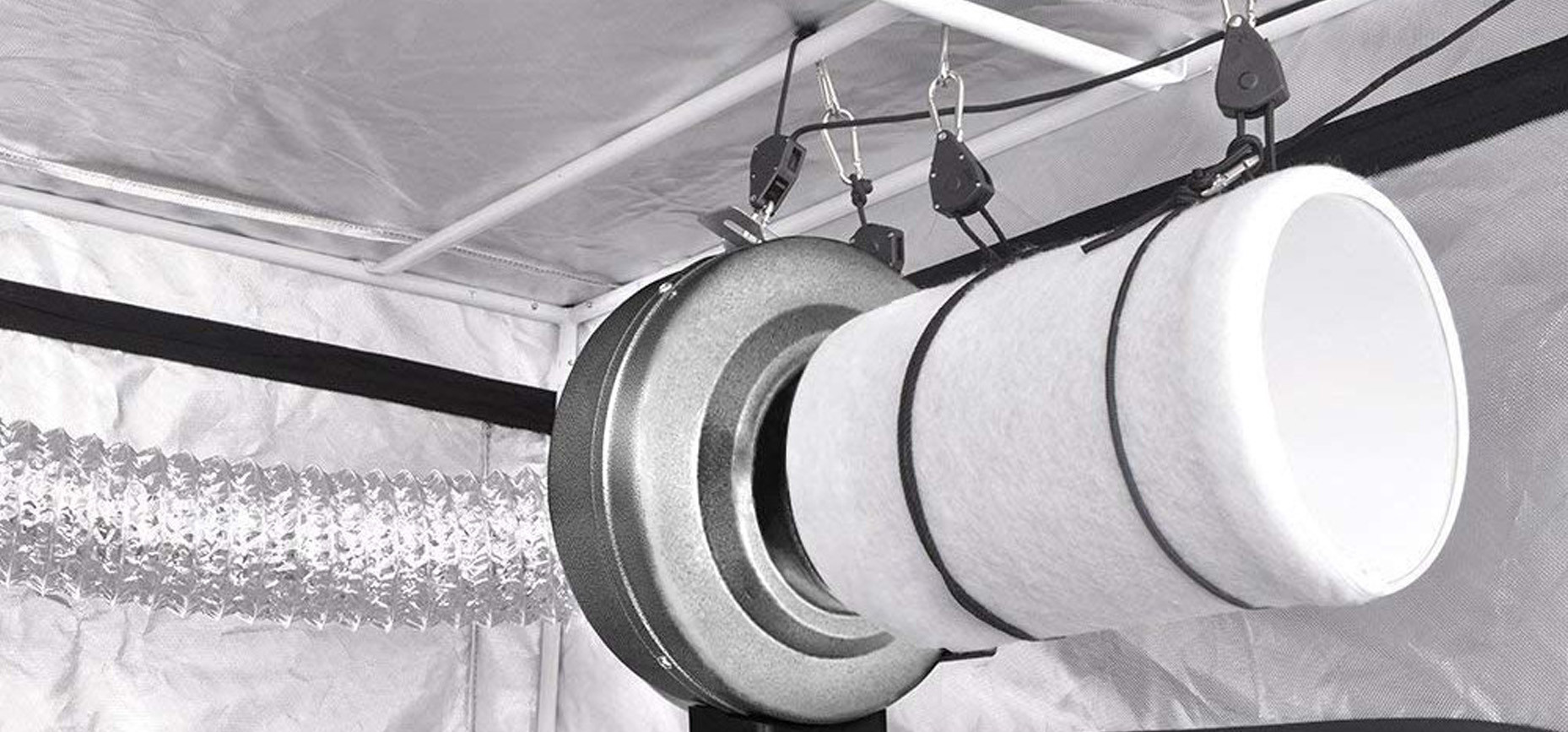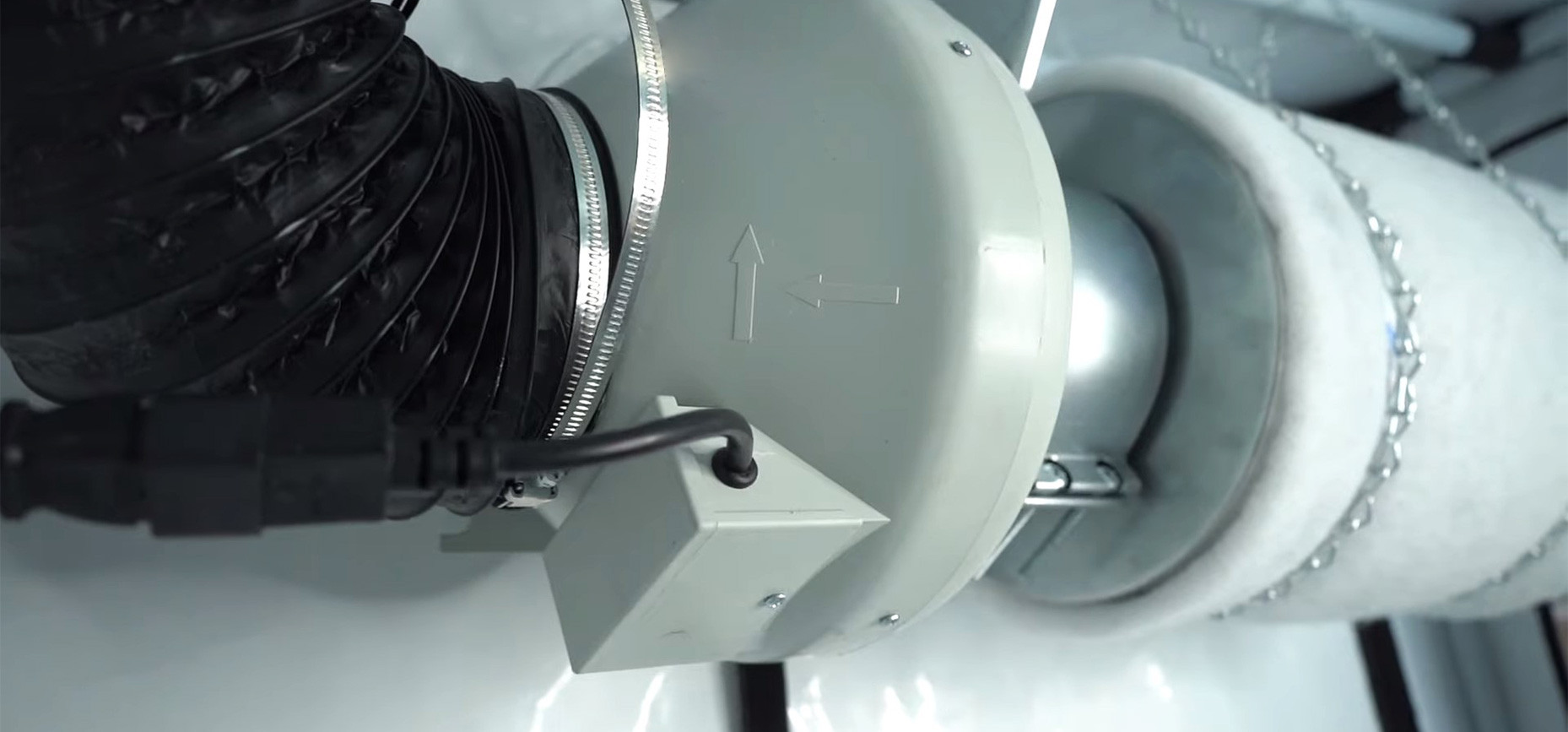The ventilation of your grow space is essential to ensure fast and healthy growth for your indoor plants. At Growshops, we offer a range of products suited to the size of your grow tent and your lighting setup.
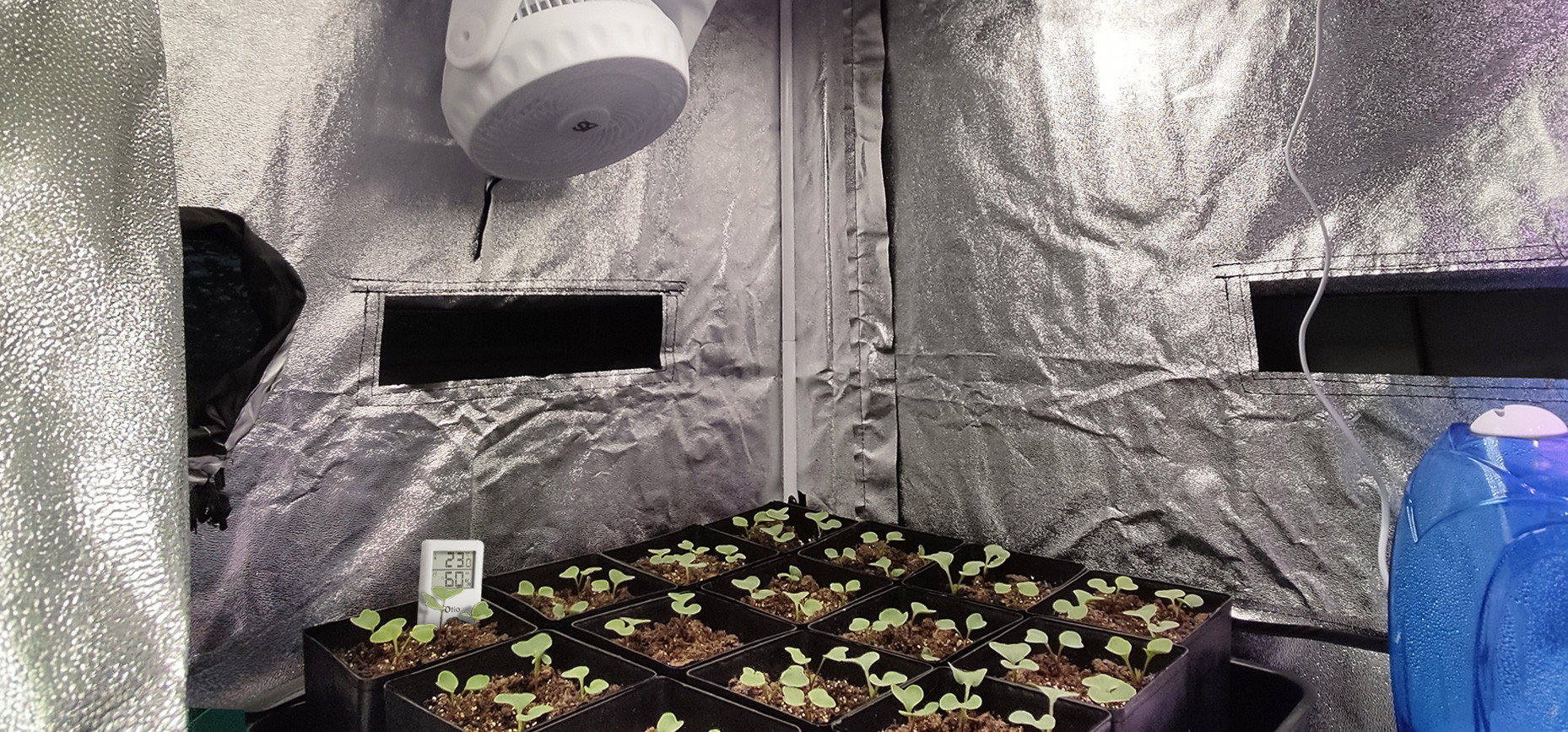
Choosing the Right Air Extractor
The key element is the air extractor, connected to the outside via ventilation ducts. It is important to choose a model suited to the required air volume. A slightly higher ventilation capacity helps reduce noise and better control the temperature.
Matching Lighting and Airflow
| Grow Space | Lighting | Airflow |
|---|---|---|
| 60 x 60 cm | HPS 250W | 250 m³/h |
| 80 x 80 cm | HPS 400W | 400 m³/h |
| 120 x 120 cm | HPS 600W | 600 m³/h |
| 150 x 150 cm | HPS 1000W | 1000 m³/h |
For LED Lighting:
| Grow Space | Lighting | Airflow |
|---|---|---|
| 60 x 60 cm | HPS Killer 120W | 100-150 m³/h |
| 80 x 80 cm | Attis 200W | 200 m³/h |
| 120 x 120 cm | Attis 465W | 300-400 m³/h |
| 150 x 150 cm | Zeus 600W | 400-500 m³/h |
Other Essential Elements for Proper Ventilation
Using a Fan
A circulating fan is essential to ensure constant air movement in your grow space. It helps:
- Strengthen plant stems by simulating natural wind.
- Prevent stagnant air pockets, reducing the risk of mold and disease.
- Ensure even distribution of CO₂ and humidity.
Opt for oscillating fans for better air distribution.
Monitoring Climate Conditions
Climate management requires continuous monitoring of growing parameters. Essential tools include:
- Thermometers and hygrometers to monitor temperature and humidity levels.
- CO₂ sensors if enriching your grow with carbon dioxide.
- Dehumidifiers and humidifiers to adjust humidity levels as needed.
Automating Climate Control
To optimize your grow and prevent climate fluctuations, you can use ventilation controllers that automatically adjust the power of extractors and humidifiers based on measured conditions.
Humidity Control
Poor humidity management can be harmful to plants:
- Excess humidity promotes mold and fungal diseases.
- Air that is too dry can slow plant growth.
Dehumidifiers and humidifiers help maintain an optimal balance.
Reducing Heat with Ventilated Reflectors
Ventilated reflectors like Cool Tube are ideal for limiting excessive heat generated by HPS lamps. They help extract heat directly from the lighting, reducing the load on the overall ventilation system.
Odor Filtration
Activated carbon filters are essential for eliminating unwanted grow odors. Installed upstream of the air extractor, they:
- Remove up to 99% of odors thanks to their porous structure.
- Ensure a more discreet grow, especially indoors.
- Limit odor pollution in surrounding spaces.
Noise Reduction
A ventilation system can be noisy, especially in a confined space. To minimize noise:
- Use soundproof boxes to reduce extractor noise.
- Install acoustic ducting to absorb sound vibrations.
- Add sound traps to minimize air movement noise.
CO₂ Management
CO₂ is a key factor in boosting plant growth, especially in well-ventilated grow spaces. Proper CO₂ supplementation can:
- Increase photosynthesis and speed up growth.
- Help plants tolerate higher temperatures.
- Optimize yield during the flowering phase.
However, be careful not to overdose CO₂, as excessive levels can be harmful to both plants and humans.
Adapting to LED Lighting
Unlike HPS lamps, LED lights generate much less heat. This means:
- A less powerful extractor is needed for ventilation.
- More precise humidity management is required since plant transpiration is reduced.
- Strategic fan placement is essential to avoid stagnant air zones.
F.A.Q.
Why is ventilation so important in indoor growing?
Proper ventilation ensures healthy growth, reduces disease risk, and controls temperature and humidity.
What type of air extractor should I choose?
Choose an extractor suited to your grow space volume and lighting type.
Do I need a fan in addition to an extractor?
Yes, a fan is essential for air circulation and strengthening plant structure.
How can I reduce grow odors?
Carbon filters and odor neutralizers are effective in filtering and eliminating odors.
How do I regulate humidity in my grow room?
Use a humidifier or dehumidifier depending on your plant's specific needs.
By following these tips and choosing the right equipment, you will optimize the growth and quality of your indoor cultivation. Discover all our ventilation products on Growshops.fr!

